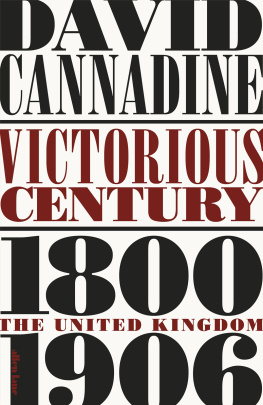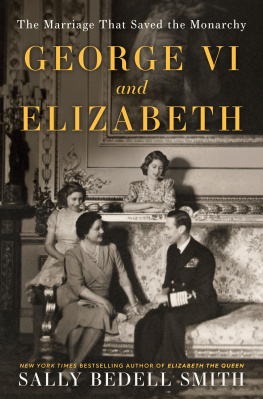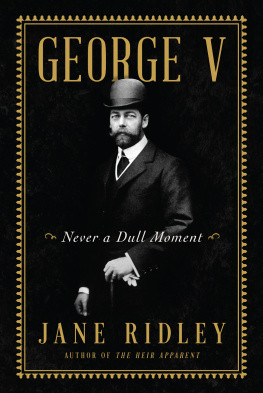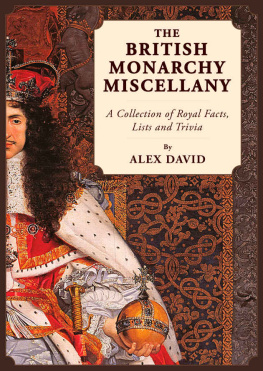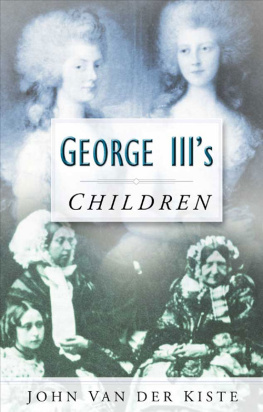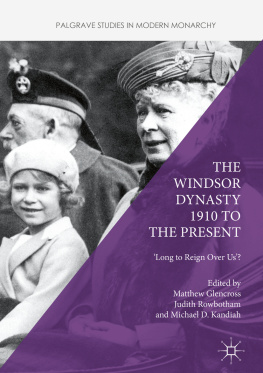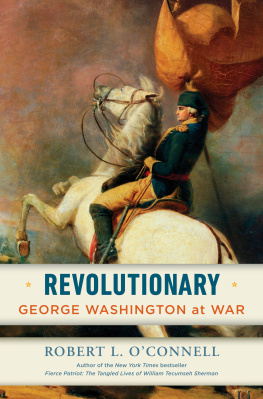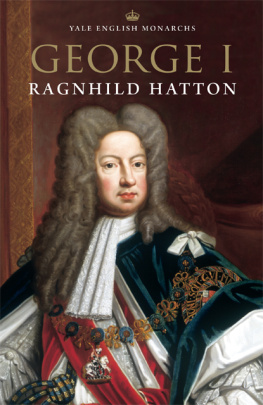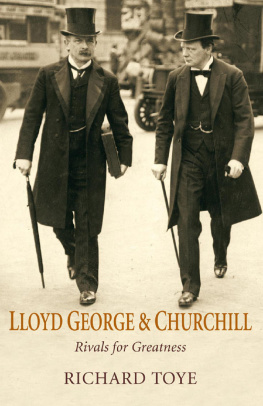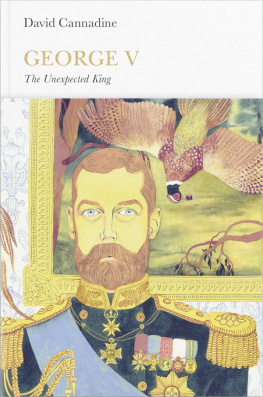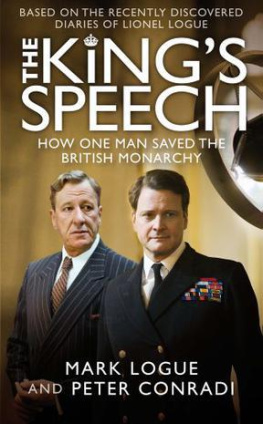Contents
David Cannadine
GEORGE V
The Unexpected King
ALLEN LANE
UK | USA | Canada | Ireland | Australia
India | New Zealand | South Africa
Allen Lane is part of the Penguin Random House group of companies whose addresses can be found at global.penguinrandomhouse.com.
First published 2014
Copyright David Cannadine, 2014
The moral right of the author has been asserted
Cover design by Pentagram
Jacket art by Riikka Sormunen
ISBN: 978-0-141-97690-7
THE BEGINNING
Let the conversation begin...
Follow the Penguin Twitter.com@penguinukbooks
Keep up-to-date with all our stories YouTube.com/penguinbooks
Pin Penguin Books to your Pinterest
Like Penguin Books on Facebook.com/penguinbooks
Find out more about the author and
discover more stories like this at Penguin.co.uk
Penguin Monarchs
THE HOUSES OF WESSEX AND DENMARK
| Athelstan | Tom Holland |
| Aethelred the Unready | Richard Abels |
| Cnut | Ryan Lavelle |
| Edward the Confessor | James Campbell |
THE HOUSES OF NORMANDY, BLOIS AND ANJOU
| William I | Marc Morris |
| William II | John Gillingham |
| Henry I | Edmund King |
| Stephen | Carl Watkins |
| Henry II | Richard Barber |
| Richard I | Thomas Asbridge |
| John | Nicholas Vincent |
THE HOUSE OF PLANTAGENET
| Henry III | Stephen Church |
| Edward I | Andy King |
| Edward II | Christopher Given-Wilson |
| Edward III | Jonathan Sumption |
| Richard II | Laura Ashe |
THE HOUSES OF LANCASTER AND YORK
| Henry IV | Catherine Nall |
| Henry V | Anne Curry |
| Henry VI | James Ross |
| Edward IV | A. J. Pollard |
| Edward V | Thomas Penn |
| Richard III | Rosemary Horrox |
THE HOUSE OF TUDOR
| Henry VII | Sean Cunningham |
| Henry VIII | John Guy |
| Edward VI | Stephen Alford |
| Mary I | John Edwards |
| Elizabeth I | Helen Castor |
THE HOUSE OF STUART
| James I | Thomas Cogswell |
| Charles I | Mark Kishlansky |
| [Cromwell | David Horspool] |
| Charles II | Clare Jackson |
| James II | David Womersley |
| William III & Mary II | Jonathan Keates |
| Anne | Richard Hewlings |
THE HOUSE OF HANOVER
| George I | Tim Blanning |
| George II | Norman Davies |
| George III | Amanda Foreman |
| George IV | Stella Tillyard |
| William IV | Roger Knight |
| Victoria | Jane Ridley |
THE HOUSES OF SAXE-COBURG & GOTHA AND WINDSOR
| Edward VII | Richard Davenport-Hines |
| George V | David Cannadine |
| Edward VIII | Piers Brendon |
| George VI | Philip Ziegler |
| Elizabeth II | Douglas Hurd |
For Hannah and for Claude
Preface
No epoch in the life of a nation is exactly outlined by a sovereigns reign.
John Buchan, The Kings Grace
Monarchs have always been by definition multi-tasking people, and the biography of any sovereign should ideally give attention to all the many things they do and are. It should narrate the life of an individual, who is born, brought up, educated, marries, begets children, celebrates birthdays, perhaps grows old, and dies. But monarchy is also an institution, which is temporarily embodied in the person of one particular sovereign, who in modern times enjoys rights and bears responsibilities under the law and the constitution, and who plays a part in government and public affairs ranging all the way from the dominant to the decorative. Moreover, crowned heads of state are iconic personages, embodying a nations (and, sometimes, an empires) history, traditions, identity and sense of itself, which are often articulated through spectacle and pageantry, of which kings and queens are the charismatic centre and ceremonial cynosure. Monarchies also project their own images of themselves, via the media, and in turn images and imaginings are projected back by their peoples and their subjects, who see in their sovereign qualities and attributes that may or may not be real or true. They also function in a broader historical context which they may sometimes help define and even occasionally dictate; but, as John Buchans words make plain, they do not necessarily do so, and they have not done so in Britain in modern times, when sovereigns reign rather than rule. In writing this brief life of King George V, I have tried to keep these perspectives in view and these considerations and constraints in mind. His years on the throne, from 1910 to 1936, do not mark a period of historic time that could plausibly be called the Georgian age. Yet he was, without question, a multi-tasking monarch, discharging some kingly functions well, but others less so; and as Emperor of India and sovereign of dominions beyond the seas, he was undeniably a global figure. But he had not grown up expecting to inherit the throne or to wear the crown.
A Note on Names
In terms of both the names they were given and the titles they bore, there was a high level of repetition among members of the British royal family across the generations during the second half of the nineteenth century and the first half of the twentieth. Thus Edward VII, George V and Edward VIII were all at one time styled Prince of Wales; George V and George VI were both created Duke of York; Edward VII and George VI were both given Albert as their first name, and as a result, both of them were known in the royal family as Bertie.
Such repetitions, and the frequency with which male members of the royal family also changed their titles, sometimes (as in the case of George V) from prince to duke to prince to king, can cause considerable confusion, and there is no easy solution to this difficulty. I have adopted the same stern convention used by Harold Nicolson in his biography of George V, where he called people by the title they possessed at the time of which he was writing, and I have also, on occasions, used family names where it seemed more appropriate, or in the interests of clarity.
Here are the names and titles of the four kings and their wives who are mentioned in this book:
King Edward VII, eldest son of Queen Victoria and Prince Albert: Prince Albert Edward, subsequently Prince of Wales, Edward VII and Emperor of India. Known in the royal family as Bertie (and, less affectionately in later life, by some of his friends as Tum Tum). His wife, Princess Alexandra of Denmark, was subsequently Princess of Wales and Queen Alexandra and Empress of India, and she was known as Alix.


